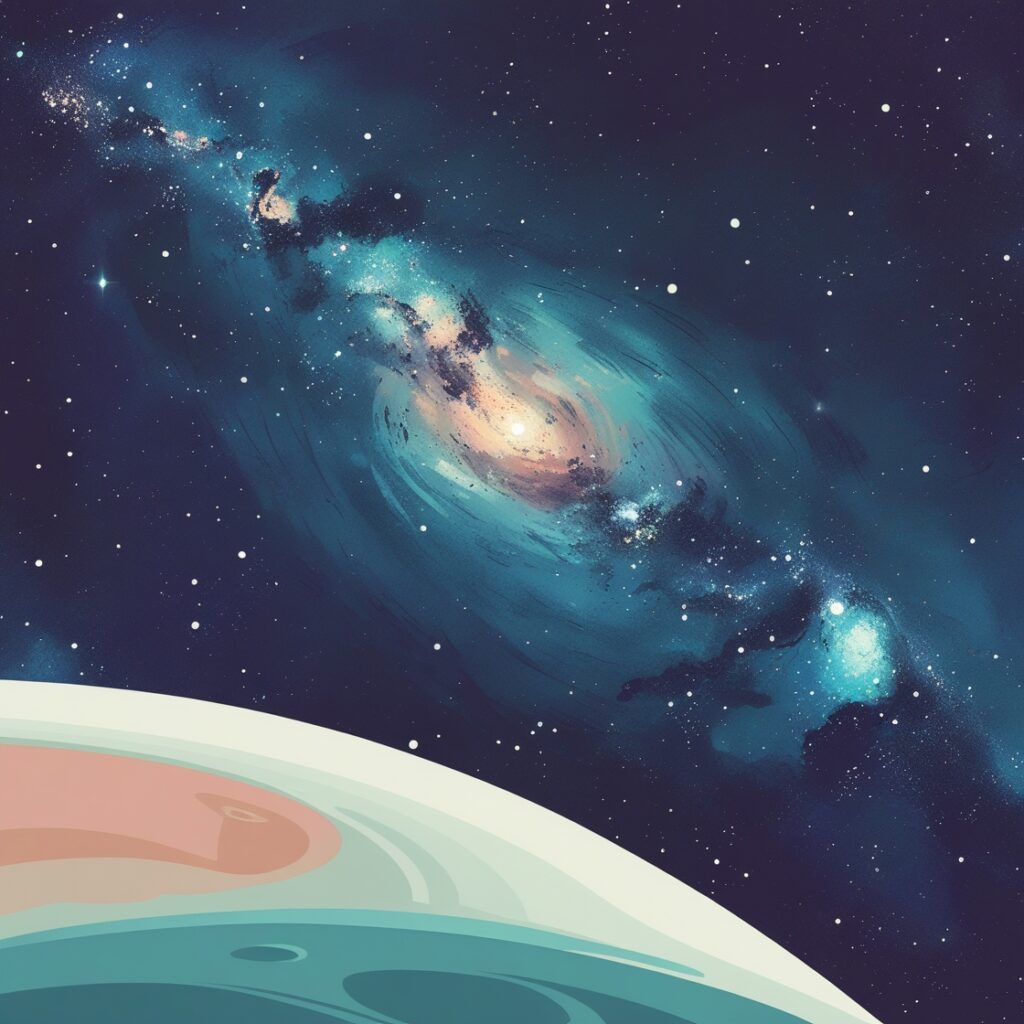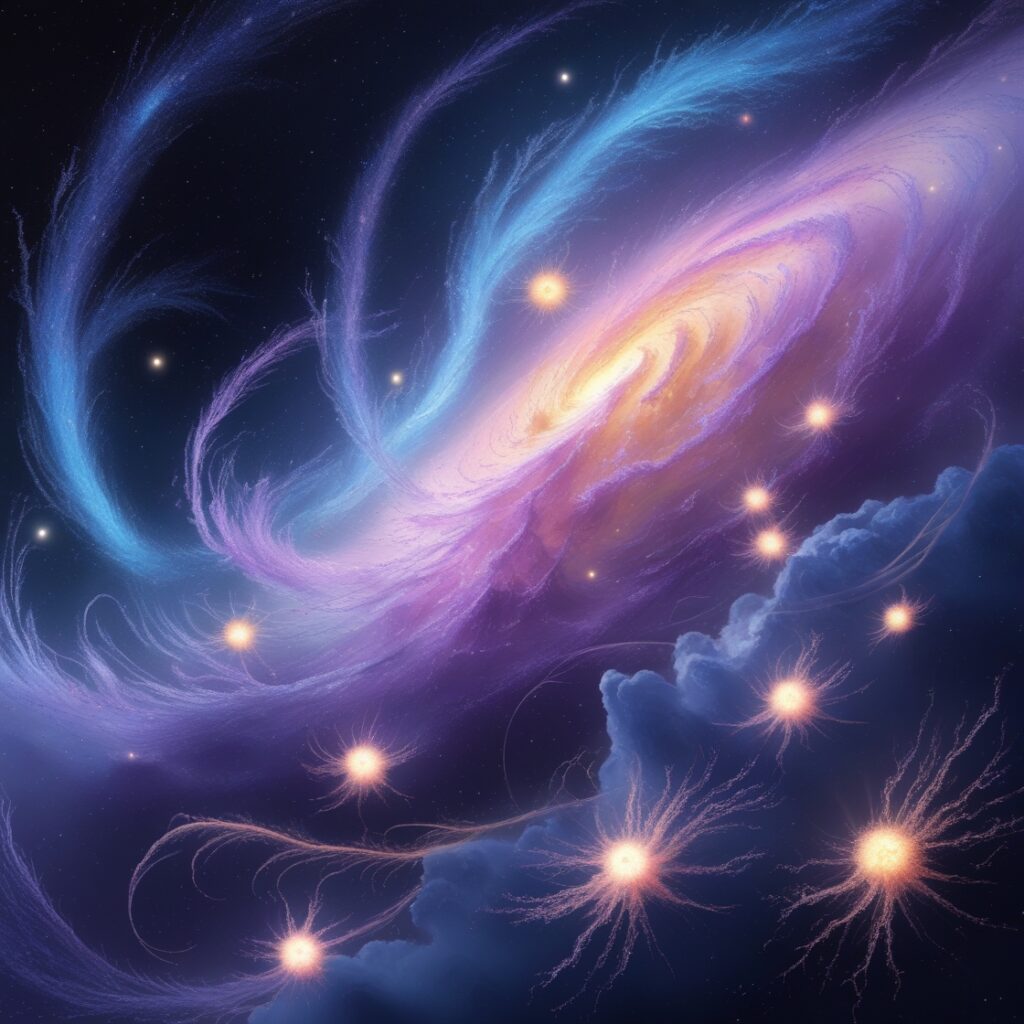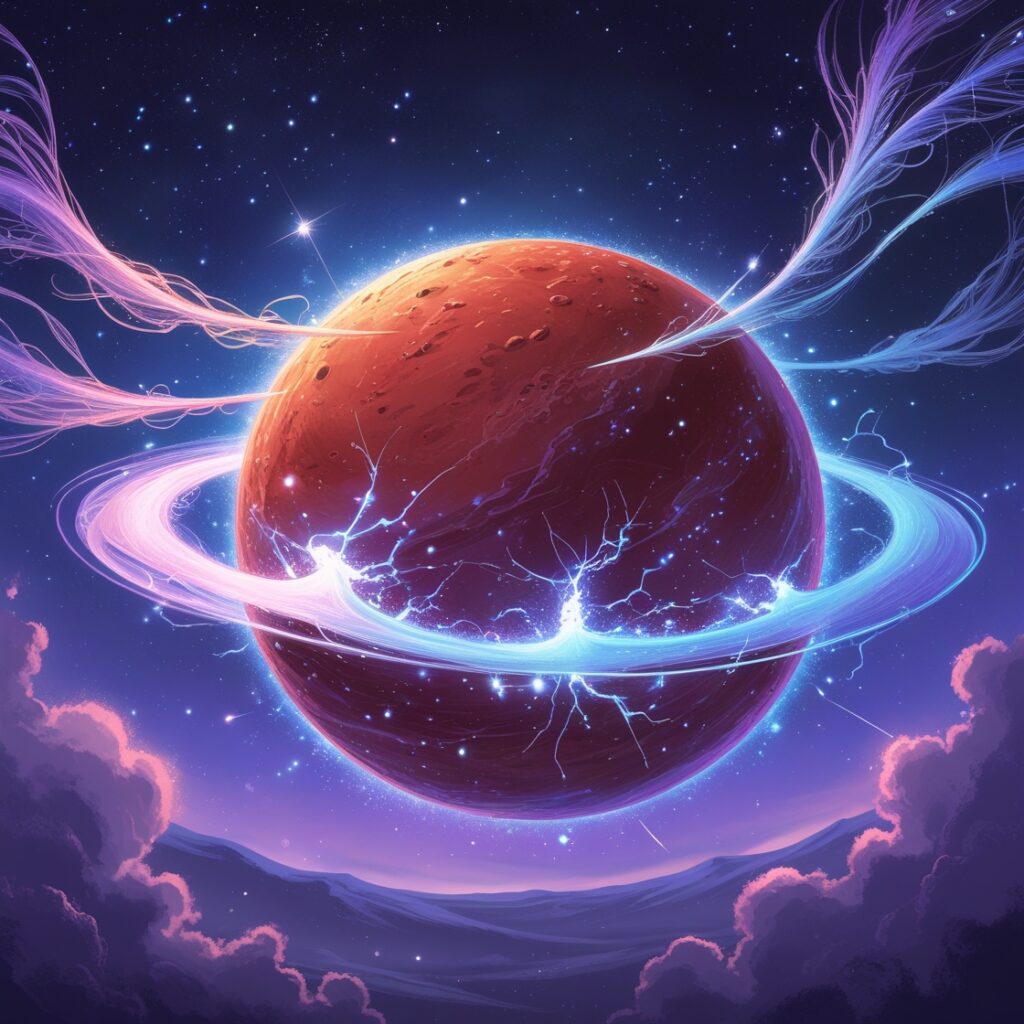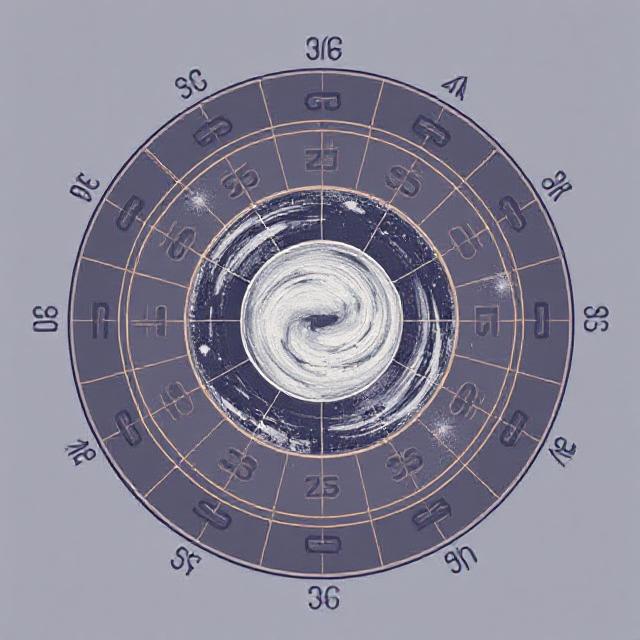Trio of Exoplanets Discovered Around Barnard’s Star


Trio of Exoplanets Sparks Cosmic Excitement
Astronomy fans, get ready for big news! Scientists have found a trio of exoplanets orbiting Barnard’s Star, a red dwarf just six light-years from Earth. This nearby star, the closest single star to our Sun, now hosts a family of four known worlds. Why is this discovery a game-changer? It brings us closer to understanding our cosmic neighborhood.
Barnard’s Star has teased astronomers for decades with hints of planets. Thanks to cutting-edge tools, we’ve now confirmed three new sub-Earth worlds, joining one previously found. These planets, dubbed Barnard’s Star c, d, and e, orbit close to their star, offering clues about planetary systems around red dwarfs. Let’s unpack what makes this trio of exoplanets so fascinating and what it means for the future.
Barnard’s Star: Our Cosmic Neighbor
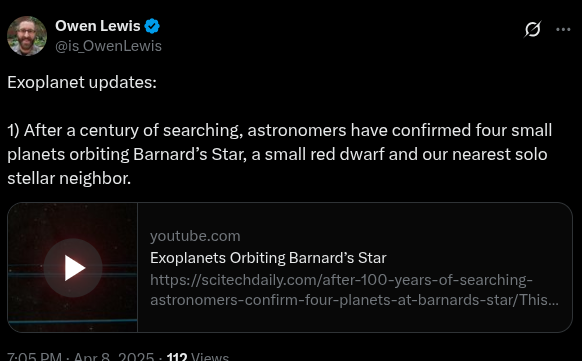

Barnard’s Star is no stranger to fame. Discovered in 1916 by E.E. Barnard, it’s a dim red dwarf in Ophiuchus, zipping across the sky faster than any other known star. Why does it matter? Its proximity—only six light-years away—makes it a prime target for planet hunters.
The trio of exoplanets was spotted using the radial velocity method, which detects a star’s wobble caused by orbiting planets. Instruments like MAROON-X on the Gemini North telescope in Hawaii made this possible. These worlds are tiny, with masses 19% to 34% of Earth’s, and orbit in just days. Could there be more? Let’s meet these planets next.
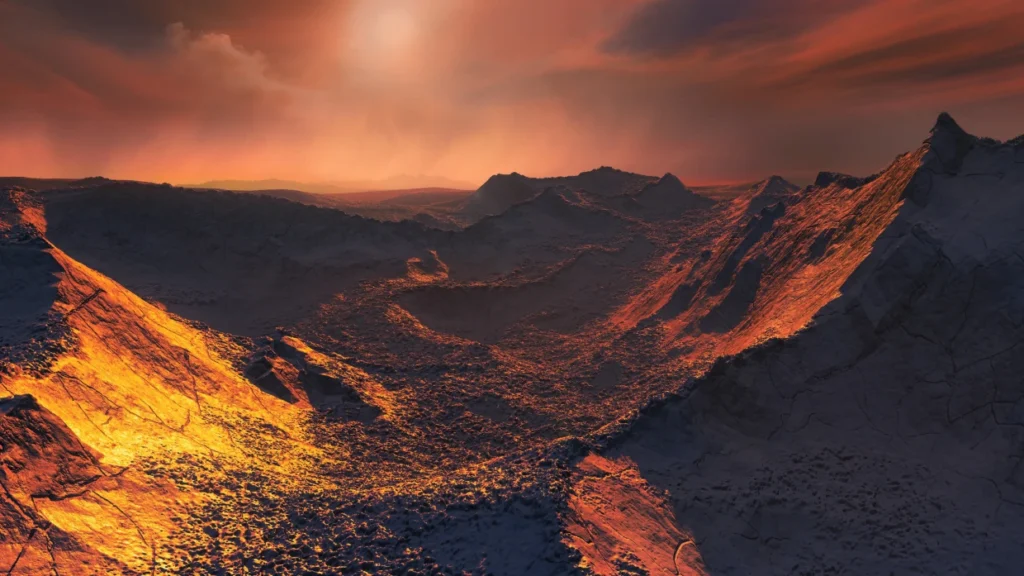

Introducing the New Planets
What’s special about this trio of exoplanets? Barnard’s Star c, d, and e are sub-Earth worlds, each smaller than our planet. Planet c, the heaviest, has 34% of Earth’s mass and orbits every 4.12 days. Planet d, with 30% of Earth’s mass, takes 3.15 days. Planet e, the lightest at 19%, zips around in 6.74 days.
Because they orbit so close to their star, these planets are likely scorched, with no chance for liquid water. Still, their discovery is a win. Finding such small worlds shows how far our tech has come. Could they be rocky like Earth? Scientists are eager to find out, and future telescopes might reveal more.
How Astronomers Made the Find
Spotting this trio of exoplanets took patience and precision. Over three years, a team led by the University of Chicago observed Barnard’s Star 112 times using MAROON-X. This instrument measures tiny shifts in starlight, revealing planets’ gravitational tugs.
Interestingly, earlier claims of planets around Barnard’s Star—dating back to the 1960s—fell apart due to less sensitive tools. This time, the data is solid. The team cross-checked their findings with ESPRESSO, a spectrograph in Chile, confirming the planets. This breakthrough proves we can now detect featherweight worlds. Want to learn more about detection methods? Check our guide on .
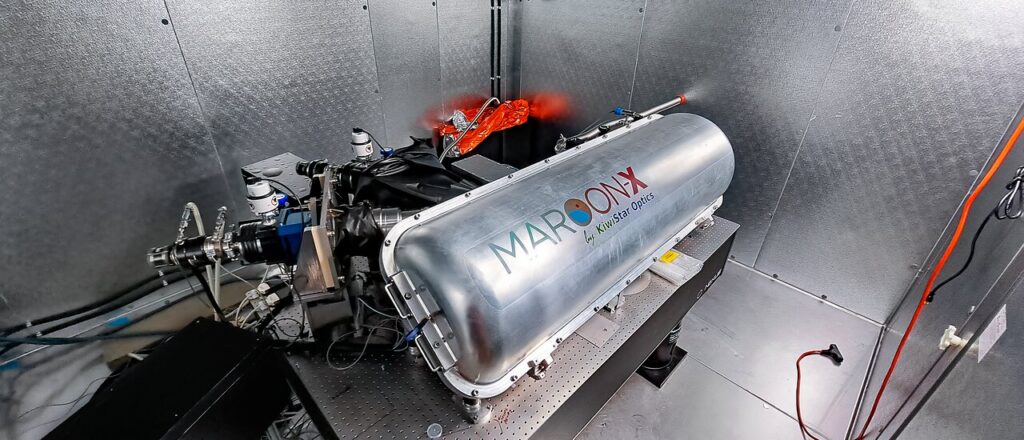

Are These Planets Habitable?
Could this trio of exoplanets host life? Sadly, no. They orbit too close to Barnard’s Star, inside the habitable zone where liquid water could exist. Surface temperatures likely exceed 200°F, making them too hot for life as we know it.
However, don’t lose hope. The discovery rules out Earth-sized planets in the habitable zone, but smaller ones might still lurk. Red dwarfs like Barnard’s Star are prime spots for finding rocky worlds, and their long lifespans give planets time to evolve. Scientists will keep scanning for cooler, more distant worlds. The search for life goes on!
Why This Discovery Matters
This trio of exoplanets isn’t just a cool find—it’s a milestone. Barnard’s Star is our closest single-star neighbor, so studying its planets teaches us about nearby systems. Plus, red dwarfs are the galaxy’s most common stars, so their planets could be everywhere.
The find also shows how tech is evolving. Detecting planets with less than a third of Earth’s mass was unthinkable a decade ago. Now, tools like MAROON-X and ESPRESSO are rewriting the rules. This paves the way for finding Earth-like worlds elsewhere. Curious about other nearby stars? Read our post on .
Tech Behind the Discovery
Advanced tech brought this trio of exoplanets to light. MAROON-X, mounted on Gemini North, excels at spotting small planets around red dwarfs. It measures Doppler shifts in starlight, revealing a star’s wobble. ESPRESSO, on the Very Large Telescope, backed up the results.
What’s next? The James Webb Space Telescope could study these planets’ atmospheres, if they have any. Future missions like PLATO will hunt for more low-mass worlds. This tech boom is making exoplanet science explode with possibilities. For more on cutting-edge tools, see our article on .
Watch: Barnard’s Star Planets Unveiled
Want a visual? This video explains the trio of exoplanets and Barnard’s Star in simple terms. It’s a great way to grasp the discovery’s scale
What’s Next for Barnard’s Star?
The trio of exoplanets is just the start. Astronomers will keep watching Barnard’s Star for more worlds, especially in the habitable zone. New telescopes, like the Extremely Large Telescope, could reveal details about these planets’ surfaces or atmospheres.
This find also fuels dreams of future exploration. At six light-years away, Barnard’s Star is close enough to imagine sending probes one day. For now, it’s a reminder of how much we’ve yet to learn about our cosmic backyard. Stay tuned for more discoveries!
Conclusion: Keep Looking Up
The trio of exoplanets around Barnard’s Star proves our universe is full of surprises. These tiny worlds, though too hot for life, show how close we’re getting to finding Earth’s cousins. What’s out there waiting? Share your thoughts below or subscribe to our blog for more space news. Let’s explore the stars together!



